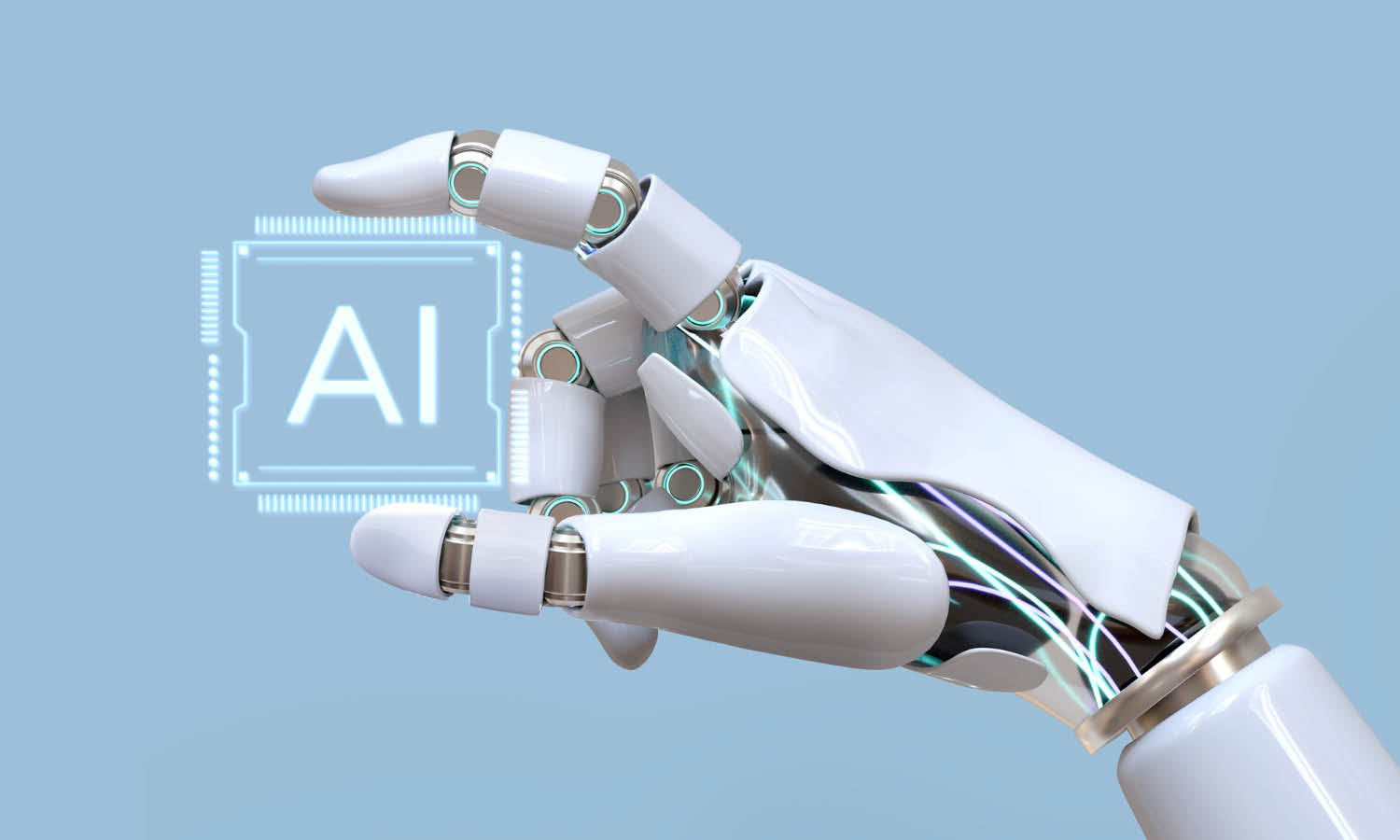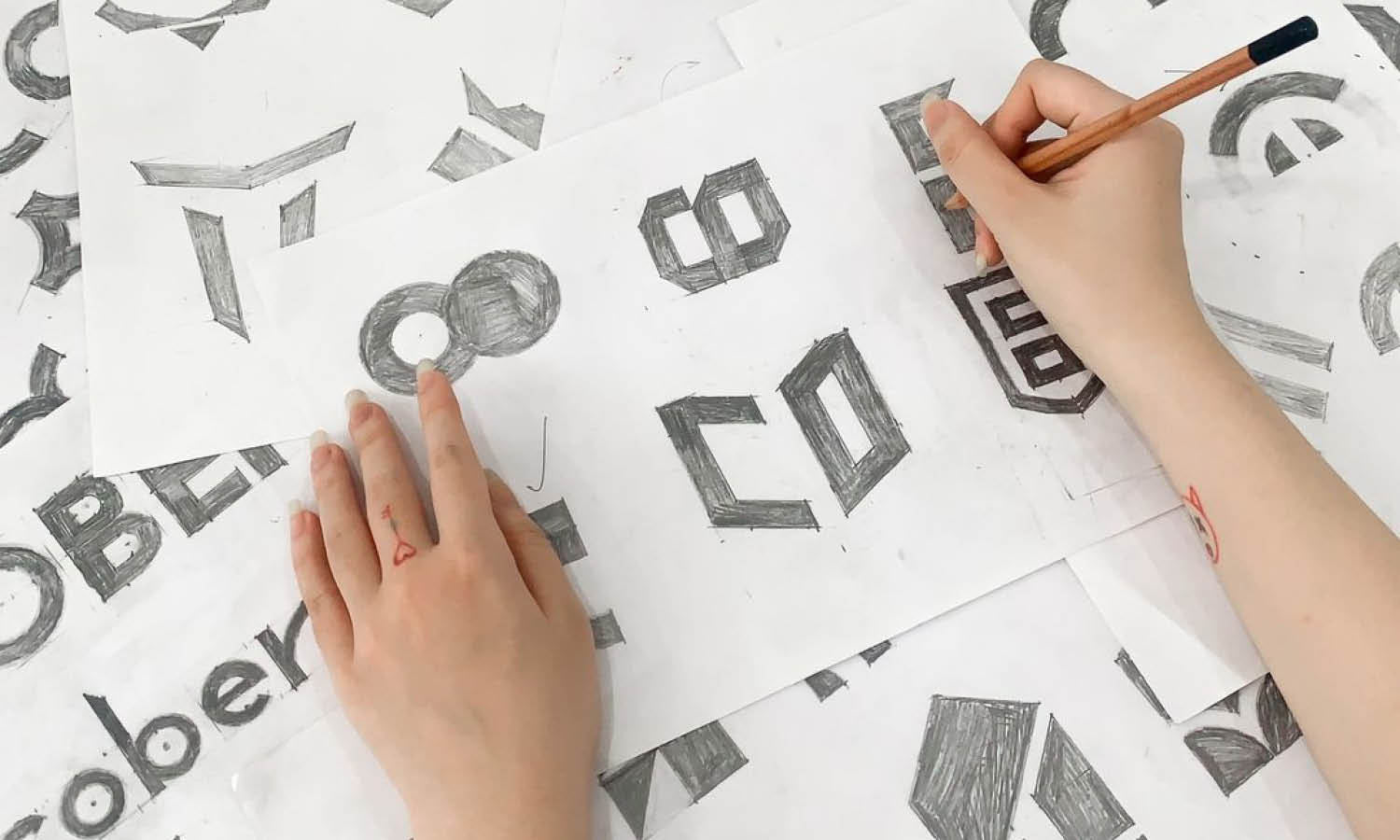The Sacred Art History of Logo Design

Source: Antonio Calvino, Minimal Symbolism 01, Dribbble, https://dribbble.com/shots/18681473-Minimal-Symbolism-01
The evolution of logo design is not merely a commercial development—it is a sacred journey rooted in centuries of artistic expression. Long before digital branding and corporate identities, symbols were etched into the cultural, spiritual, and functional landscapes of ancient civilizations. From the ritualistic markings of early tribes to the divine geometry of Egyptian and Buddhist art, the foundations of logo design are deeply intertwined with the broader arc of art history.
Logos, as we understand them today, are modern vessels of meaning, drawing from a vast visual language shaped by thousands of years of human creativity. These marks are not arbitrary—they echo traditions from heraldic crests, sacred religious symbols, and the decorative elegance of art movements like Art Nouveau and Bauhaus. Each era contributed principles of form, symmetry, and symbolism that designers continue to rely on when crafting visual identities.
Understanding the sacred art history of logo design allows us to recognize logos as more than aesthetic tools—they are communicative icons that bridge time, belief, and design philosophies. This historical lens provides deeper insight into why certain shapes, lines, and colors resonate universally and how logos continue to reflect the artistic values of the past.
Early Symbols as Proto-Logos
Long before the term “logo design” existed, humans used primitive symbols to communicate meaning, territory, and identity. These early markings, found in cave paintings and carved into stone tools, are some of the earliest manifestations of visual identity in art history. Tribes used specific patterns, shapes, and natural elements not only for decoration but to signify belonging, spirituality, or warning. These marks often repeated consistently within the group—an early sign of brand consistency and symbolic identity.
Across ancient cultures, symbols evolved to represent ideas beyond the literal. In Mesopotamia, Sumerians developed cuneiform—a writing system composed of wedge-shaped signs—initially for trade and ownership. These pictographic symbols acted much like early trademarks, identifying goods and creators. Meanwhile, Native American tribes carved totem symbols into wood or painted them on hides to embody spiritual ancestry and cultural identity, laying the groundwork for visual storytelling.
What these early marks lacked in complexity, they made up for in purpose and consistency. They were instantly recognizable within a community and carried emotional and cultural significance. These proto-logos reflected a society's values, resources, and beliefs—traits still central to logo design today. By studying these foundational forms, we understand how the language of symbols in art history evolved into the sophisticated world of logos we now recognize across industries.
Hieroglyphics and Egyptian Symbolism
Ancient Egypt offers one of the most fascinating examples of symbolic communication in art history, serving as a vital chapter in the origins of logo design. Egyptian hieroglyphics were not only a writing system but also an artistic expression rooted in ritual, power, and divinity. These pictorial characters, often carved in stone or painted on temple walls, were composed of animals, objects, and celestial motifs that conveyed layered meanings with visual precision.
Central to Egyptian visual culture was the concept of Ma’at—order, harmony, and balance. This ideology translated into their symbolic art, where every curve, line, and placement held intentional meaning. Hieroglyphs were designed to be read both literally and symbolically, depending on context, much like modern logos that use visual metaphor to deliver a message beyond the surface.
Iconic symbols such as the Eye of Horus, the Ankh, and the Scarab Beetle functioned similarly to today’s logos. They were omnipresent across architecture, tombs, and personal artifacts, acting as identifiers of faith, protection, or royalty. The repetition of these symbols built recognition and reinforced cultural narratives, demonstrating early mastery in brand-like communication.
In logo design, Egyptian influence is seen in the structured grid systems, geometric alignment, and symbolic depth many designers still use. The elegance and meaning embedded in hieroglyphics exemplify how early visual systems contributed significantly to the sacred lineage of logo creation in art history.
Heraldry and Medieval Emblems
During the medieval period, the rise of heraldry introduced a visually rich and structured language of identity. Heraldic emblems—coats of arms, crests, and family insignias—were used across Europe to distinguish individuals, noble houses, and military units. These designs were deeply tied to lineage, land, and legacy, making them an important chapter in the art history of visual representation. Today, their influence can be seen in the foundations of modern logo design.
Heraldic symbols followed strict design rules that ensured clarity and recognition across distances—on shields, banners, and seals. Elements like animals, weapons, crowns, and geometric divisions were chosen for their symbolic resonance and combined to represent values such as courage, honor, or loyalty. The system's hierarchical structure closely mirrors how brands use visual hierarchies to communicate importance or differentiate product lines.
Each emblem was unique, often passed down and modified across generations, similar to how brands evolve their logos over time while retaining recognizable elements. This legacy-focused approach laid the groundwork for identity systems that maintain consistency while adapting to changing contexts.
In contemporary logo design, the symmetrical balance, shield shapes, and illustrative techniques rooted in heraldry continue to influence sectors like education, sports, and government. These medieval emblems represent a pivotal moment in art history where visuals became formalized tools of identity, foreshadowing the precision and symbolism that define effective logos today.

Source: Aleksei Fankin, Elephant Rune Logo, Dribbble, https://dribbble.com/shots/18526613-Elephant-rune-logo
Renaissance Craft Guild Marks
The Renaissance era brought about a transformation in art, science, and commerce, marking a turning point in the evolution of visual identity. Within this flourishing cultural landscape, craft guilds emerged as powerful institutions representing artisans such as blacksmiths, weavers, masons, and painters. To signify quality and authenticity, these guilds developed unique marks that functioned as early forms of logo design.
These guild marks, often engraved or stamped onto finished products, served both practical and symbolic purposes. They verified the origin of the goods and communicated professional pride and mastery. In an era where literacy rates were low, these visual marks made products identifiable and trustworthy—principles still fundamental to logo design today.
Guild marks were often minimal yet deeply meaningful. Some featured initials, while others incorporated symbols related to the trade or region. These motifs reflected the balance between function and artistry that defined the Renaissance spirit. Their consistent use across marketplaces helped build reputations, much like how modern businesses use logos to establish brand trust and recognition.
From an art history perspective, these marks were not merely utilitarian—they were thoughtfully crafted symbols influenced by humanist ideals and classical aesthetics. Many logos today still adopt this approach, valuing simplicity and clarity without sacrificing meaning.
In tracing the roots of logo design, Renaissance guild marks highlight the shift from symbolic identity toward a professionalized visual language—bridging art and commerce in a way that shaped how logos communicate purpose and origin in the modern world.
Religious Iconography and Sacred Geometry
Throughout art history, religious iconography and sacred geometry have profoundly shaped visual culture, including the roots of modern logo design. Across different civilizations, symbols served not only decorative purposes but also conveyed spiritual, moral, and cosmic truths. These visuals were intended to inspire reflection, communicate divine order, and guide human behavior—objectives that still echo in purposeful logo design today.
Sacred geometry, seen in mandalas, labyrinths, and church floor plans, relies on mathematical ratios like the golden ratio and Fibonacci sequence. These forms are not arbitrary; they symbolize harmony, balance, and perfection. Such geometrical foundations are frequently used in logo design to evoke a sense of trust, clarity, and visual satisfaction.
Religious iconography—from the Christian cross and Islamic calligraphy to Hindu yantras and Buddhist lotus motifs—establishes strong visual codes rooted in centuries of spiritual tradition. Each symbol holds deep cultural meaning, functioning much like a logo in identifying beliefs, guiding communities, and marking sacred spaces.
These spiritual designs are not only artistically refined but also universally recognizable, thanks to their repetitive use and symbolic strength. Modern logos often borrow from this tradition, using geometry and abstraction to condense complex ideas into memorable visuals.
Japanese Kamon Symbols
Japanese Kamon (or family crests) are a remarkable example of symbolic minimalism in art history, providing a direct link to modern logo design principles. Originating in the Heian period and evolving through the Edo era, Kamon were used to identify noble families, clans, and individuals—serving as markers of heritage, rank, and cultural values.
What makes Kamon significant in the context of logo design is their precise use of form and repetition. Typically enclosed in circles and rendered in black and white, Kamon featured stylized representations of plants, animals, tools, and celestial bodies. These visuals were not just decorative; they communicated lineage and authority with elegance and clarity. Each Kamon was designed to be instantly recognizable, even at a distance or when embroidered on fabric—a clear parallel to how modern logos must function across different applications.
Kamon exemplify how visual identity can be culturally anchored while achieving timeless appeal. Their simplicity, symmetry, and use of negative space have inspired countless contemporary logo designers seeking to create symbols that are both distinctive and meaningful. In fact, many Japanese brands today still reference or adapt traditional Kamon in their branding.
In art history, Kamon represent a fusion of utility and aesthetics, embodying values through refined visual language. Their disciplined design approach and longevity make them a cornerstone of identity design, bridging centuries of cultural tradition with the modern quest for memorable, iconic logos that communicate both legacy and elegance.
Industrial Revolution and Mass Branding
The Industrial Revolution marked a seismic shift in production, communication, and visual identity. As industries scaled rapidly and mass-produced goods flooded the market, the need for clear identification became crucial. This period introduced branding on a large scale, and with it, the systematic development of logo design became more essential than ever. From an art history perspective, this was a pivotal era where logos transitioned from artisanal marks to strategic commercial symbols.
With advancements in printing, transportation, and advertising, companies began to establish logos to distinguish their products and assure consumers of quality and consistency. Logos appeared on packaging, signage, letterheads, and advertisements, helping companies build recognition in increasingly competitive marketplaces.
This era also brought with it the birth of corporate identity. Iconic marks like the Bass red triangle (registered in 1876 as the first UK trademark) exemplified early efforts in building visual equity. Logos began to embrace simplicity and reproducibility—design traits that suited mass communication and print reproduction.
In design history, the Industrial Revolution stands as the foundation of modern branding, where visual identity met functionality on an unprecedented scale. Logo design was no longer limited to artisans or noble families—it was democratized and industrialized, aligning visual expression with the new economy.

Source: Muhammad Bagus Prasetyo, Wilson Majors - Family Crest Identity, Dribbble, https://dribbble.com/shots/22099287-Wilson-Majors-Family-Crest-Identity
Art Nouveau's Decorative Influence
The late 19th century witnessed the emergence of Art Nouveau, a stylistic movement that brought ornamental elegance and organic forms to art, architecture, and design. In art history, Art Nouveau is recognized for its emphasis on flowing lines, botanical motifs, and intricate detail. These qualities had a significant impact on early logo design, infusing it with a sense of beauty, craftsmanship, and emotional resonance.
Art Nouveau’s influence extended beyond galleries and into the commercial world. As industries sought to elevate the visual appeal of their products, designers began incorporating decorative elements inspired by nature—vines, flowers, birds, and waves—into brand identities. Logos during this era became not just identifiers but also works of art, reflecting the era's appreciation for aesthetic experience.
Typography also evolved under Art Nouveau, with stylized letterforms becoming part of logo compositions. Designers like Alphonse Mucha and Charles Rennie Mackintosh blurred the lines between advertising and fine art, demonstrating that logos could carry both commercial and cultural value.
While modern logo design often leans toward minimalism, Art Nouveau remains a reference point for brands that wish to convey elegance, tradition, or artistic heritage. The movement’s emphasis on harmony between function and form resonates with the principles of thoughtful logo creation.
Bauhaus and Modernist Simplicity
The Bauhaus movement, founded in Germany in 1919, marked a revolutionary chapter in art history. By merging fine art with functional design, it championed a philosophy that "form follows function"—a concept that significantly influenced modern logo design. The Bauhaus rejected ornamentation in favor of clean lines, geometric shapes, and primary colors, laying the foundation for a design language rooted in clarity and utility.
This design approach resonated deeply with the evolving needs of industry and commerce. Logos created under Bauhaus principles emphasized minimalism and legibility, moving away from the elaborate styles of Art Nouveau. Designers like Herbert Bayer and László Moholy-Nagy pushed typography and composition to serve as pure communication tools. Logos began to adopt sans-serif typefaces, grid systems, and balanced visual hierarchies—elements that still dominate contemporary design.
Bauhaus also advocated for interdisciplinary learning, bringing architecture, graphic design, and industrial design together. This cross-disciplinary mindset helped solidify the logo as a strategic visual element—not just decorative, but integral to brand messaging and recognition.
In logo design, Bauhaus is revered not only for its aesthetics but for its discipline. It introduced a rational method of design thinking that treated every visual decision as intentional and essential. From tech startups to legacy institutions, brands today continue to draw from this legacy of simplicity and functionality.
Constructivism and Bold Typography
Constructivism emerged in early 20th-century Russia as a radical art movement that rejected traditional aesthetics in favor of functionality, activism, and industrial influence. Within art history, Constructivism is notable for its use of strong geometric forms, photomontage, and striking typographic elements—qualities that significantly impacted logo design during and after its rise.
Unlike decorative movements, Constructivist designers aimed to engage the public directly through visual communication. They employed bold sans-serif typefaces, dynamic compositions, and diagonal lines to create a sense of urgency and modernity. Logos influenced by Constructivism often utilized typography as the main design element, treating letters not only as carriers of words but as visual structures in themselves.
El Lissitzky and Alexander Rodchenko, pioneers of the movement, experimented with asymmetry and contrast, pushing graphic design into a new realm of abstraction and purpose. Their work underscored the idea that design should serve the people—whether in political posters or industrial branding. This democratization of design laid the groundwork for corporate logos that prioritize accessibility and impact.
In the context of logo design, Constructivism taught designers how to command attention through bold type, sharp angles, and stark contrast. Its influence can be seen in countless modern logos that favor typographic dominance and architectural strength over ornamental detail.
Conclusion
The journey of logo design is deeply rooted in centuries of art history, evolving through sacred symbols, cultural emblems, and revolutionary design movements. From tribal marks and religious iconography to Bauhaus simplicity and Constructivist boldness, each era has contributed essential principles that shape how logos are created and understood today. These visual identifiers are more than just modern branding tools—they are the product of a long artistic lineage. By recognizing the historical depth behind logo design, we not only enrich our creative practice but also honor the timeless dialogue between identity, symbolism, and the art of visual communication.
Let Us Know What You Think!
Every information you read here are written and curated by Kreafolk's team, carefully pieced together with our creative community in mind. Did you enjoy our contents? Leave a comment below and share your thoughts. Cheers to more creative articles and inspirations!
















Leave a Comment